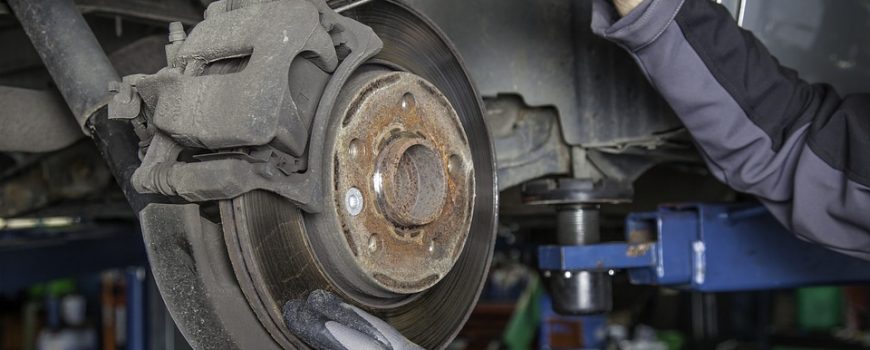One of the most important component of your car is the braking system. By using brakes, your braking system will help you stop or decelerate your car’s movement. It will also help you stabilize your car’s motion during parking.
Take note that the braking system and brakes are two different things. Your braking system is the manner in which your braking works, while the brakes refer to the mechanical components of your braking system.
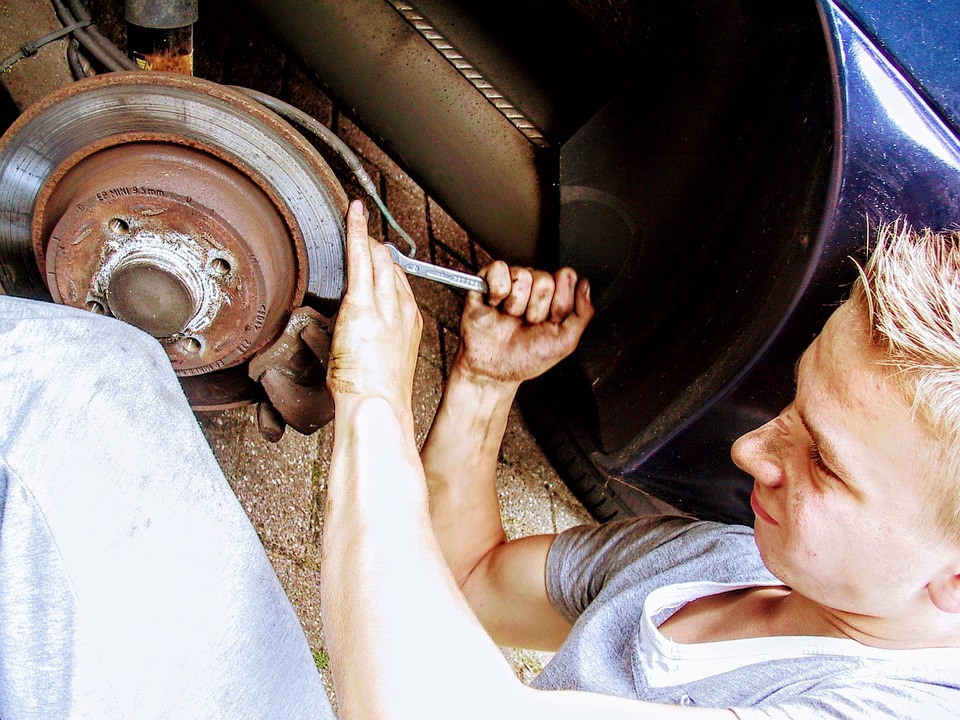
Different Car Braking Systems
Different cars use different braking systems. Below are the most commonly used braking systems in today’s cars.
Mechanical Brake
A mechanical braking system primarily uses mechanical parts for the brake of a car. Once you step on the brake pedal, the brake force travels through mechanical linkages until it reaches the brake disc or drum on your wheels.
This kind of braking system can only be found on older vehicles. This is because there are other more efficient braking systems currently available.
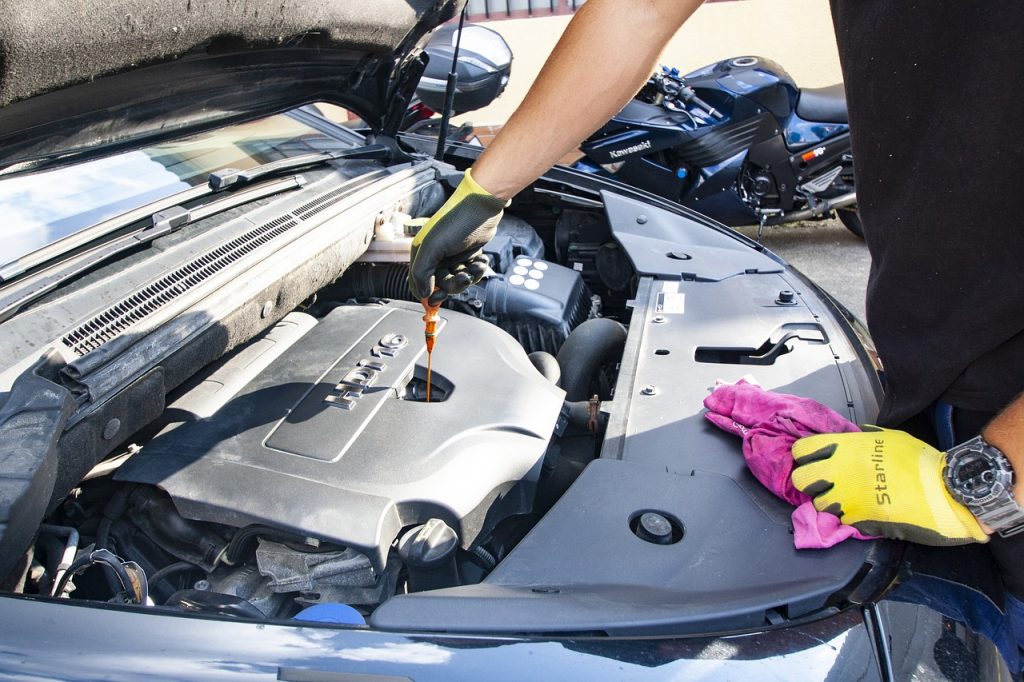
Hydraulic Brake
A hydraulic braking system uses brake fluid and cylinders to brake a car. Once you step on the brake pedal, the brake force travels through a master cylinder where it will be converted into hydraulic pressure. This hydraulic pressure will then travel through brake lines until it reaches the brake disc or drum on your wheels.
This kind of braking system is being used today by almost all cars because of its efficiency. For example, if you have a 2010 Toyota Corolla, it probably has a hydraulic braking system.
Air Brake
An air braking system, also sometimes called a pneumatic braking system, is very similar to a hydraulic braking system. Instead of using brake fluid, an air braking system will use air so the brake force can travel up to the brake disc or drum on your wheels.
This kind of braking system is commonly seen on buses, trucks, and other really heavy vehicles, because the hydraulic braking system can become inefficient in transporting the brake force for larger vehicles.
Electric Brake
An electric braking system uses electrical current to brake a car. Once you step on the brake pedal, electrical current travels through a brake controller. This will trigger electric and magnetic reactions up to the brake disc or drum on your wheels.
This kind of braking system is commonly used on new and hybrid cars.
Basic Components of a Typical Car’s Braking System
Before beginning, here are the materials that you will need:
The components of your braking system will depend on what braking system your car is using. But conventional cars, such as those easily accessible to the market like the 2010 Toyota Corollas, will have hydraulic braking systems with brake discs or brake drums (or both), brake calipers, brake pads, brake shoes, brake springs, and wheel cylinders. Many cars use a combination of brake discs and brake drums. For example, brake discs can be used for the front tires and brake drums can be used for the rear tires. This is the case for the 2010 Toyota Corolla.
Disc Brake System
The disc brake system is mainly composed of brake discs, brake calipers, and brake pads.
- Brake discs: These are metallic discs attached to the hub of your wheels. They rotate along with your wheels when your car is moving.
- Brake calipers: These are vice grip mechanisms that clamp the brake discs whenever you step on the brake pedal.
- Brake pads: These are pads that get into contact with the brake discs to create friction and the braking motion of your car. The clamping motions of the brake calipers push the brake pads toward the brake discs.
Drum Brake System
The drum brake system is mainly composed of brake drums, wheel cylinders, and brake shoes.
- Brake drums: These are drum-shaped structures attached to the hub of your wheels. Their outer parts rotate along with your wheels when your car is moving and their inner parts stay stationary.
- Wheel cylinders: These are the actuating mechanisms that cause the brake shoes to hit the brake drums whenever you step on the brake pedal.
- Brake shoes: These are curved pieces of metal that get into contact with the brake drums to create friction and the braking motion of your car.
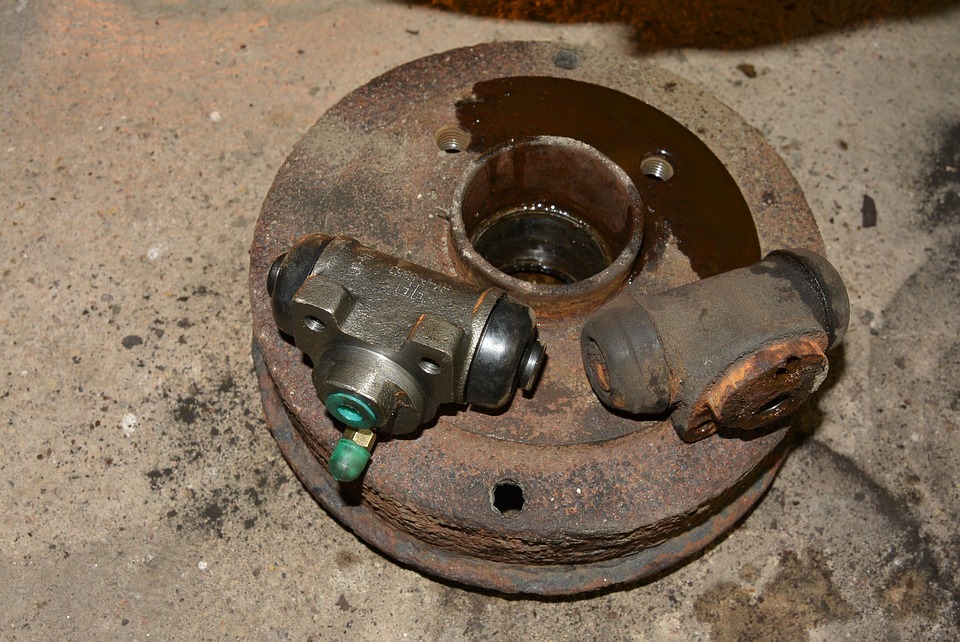
Brake Pedal
This is the most basic component of your car’s braking system. Whenever you step on the brake pedal, it pushes a piston inside the master cylinder.
Master Cylinder
The master cylinder is the main mechanism that sends the brake force into your wheels. The piston being pushed inside the master cylinder will cause a chain reaction. It will send the brake fluid into the brake lines and the disc brake or drum brake system of your wheels.
Brake Lines
These are the passageways of the brake fluid leading to the disc brake or drum brake system that will eventually trigger the braking motion of your car.
Warning Signs of a Broken Braking System
Before beginning, here are the materials that you will need:
Braking systems and brakes are marvels of engineering and design, but they are not perfect. They can be
susceptible to wear and tear because of the frequent friction between and reactions among its
components.
This can put you and your family’s life in danger.
For safety purposes, the most common warning signs of a broken braking system are listed below.
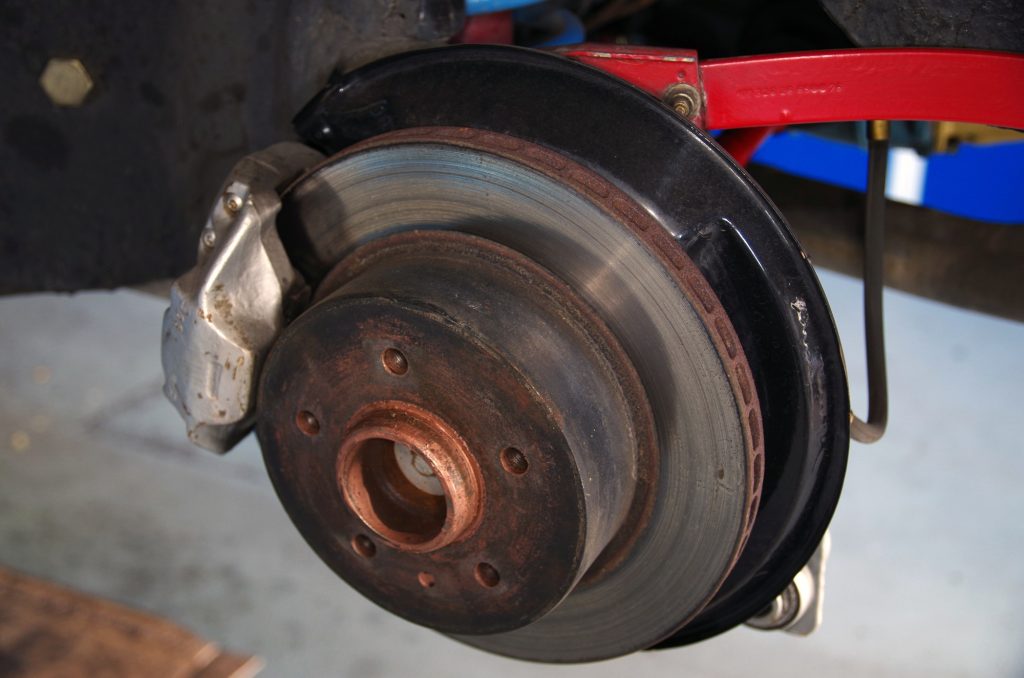
Squealing sound
If you hear a squealing sound whenever you hit the brake pedal, your brake pads or brake shoes may already be worn down. Remember that these parts play significant roles in the frictions that slowly brake your car. If you don’t have them repaired immediately, you might cause serious damage to the other components of your disc brake or drum brake system.
Vibrating steering wheel or pedal
If you feel your steering wheel or brake pedal vibrating, your brake disc may be misaligned. Your brake pads hit your brake discs whenever you brake, so a slight variation in alignment can cause a vibration.
Tilting car when braking
If you notice your car going a little sideways whenever you brake, you may have a brake caliper that clamps a brake disc too forcefully. This will result in an uneven braking motion, tilting your entire car a little to one side.
Burning smell from tires
If you suddenly smell like something is burning from your tires, you may have an overheated brake system. Even if you don’t see any smoke coming from your tires, the best safety measure is to pull over as soon as possible. Continuing to drive may result in catastrophic brake failure.
Increasing brake pedal depth
If you observe that you are pressing your brake pedal more and more deeply to trigger the braking of your car, you may have a problem with your master cylinder. You may also have air and moisture somewhere in your braking system.
Pressing your brake pedal more and more deeply is scary enough. If you don’t get it fixed, maybe you will press the brake pedal all the way and it will no longer trigger the braking of your car. Get it fixed immediately for your own safety.
Simple Braking System Maintenance Tips
If you want to minimize the chances of having issues with your braking system, there are simple maintenance tips you can follow, ranging from professional help and DIY.
Be attentive of the warning signs
The simplest thing you can do is be attentive whenever you are driving. Always observe your entire car and be on the lookout for unusual things like squealing sounds and burning smells.
Look at your brake fluid regularly
Check your brake fluid regularly so you know if it needs to be flushed. If your brake fluid is too dark, cloudy, or milky, it may need to be flushed. Remember that the brake fluid is an essential part of your car’s braking system. It doesn’t just send the signals to your components to trigger the braking mechanisms, but it also serves as a lubricant to keep your components from getting too much damage from all the frictions happening in your system.
Have your braking system checked once a year
You can’t always DIY your way in maintaining your braking system. Let professionals handle it. As a safety precaution, it is best to get your braking system checked once a year.
Prevention is better than cure. Don’t wait for the warning signs before you get your braking system checked.
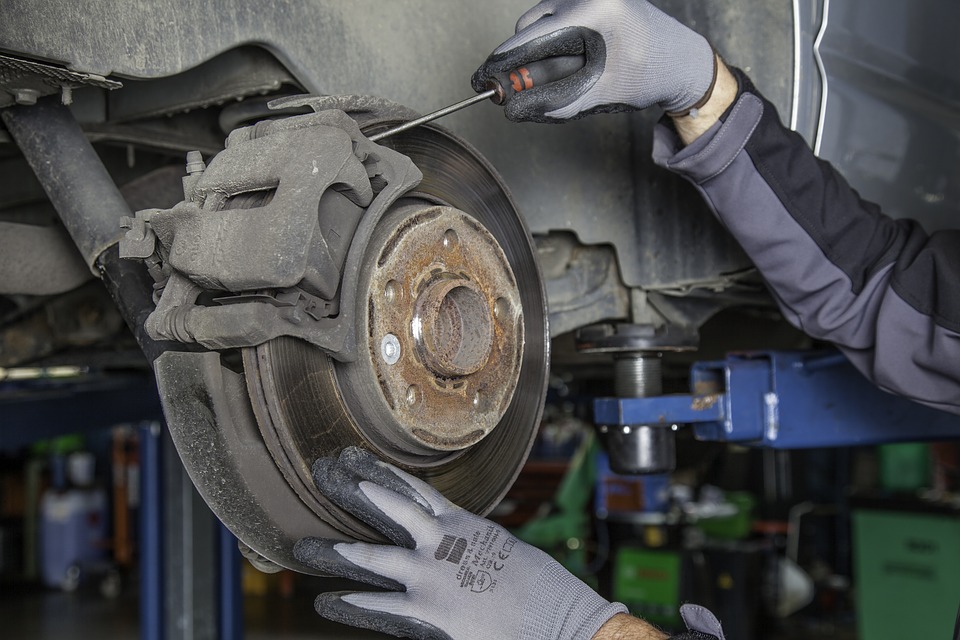
Coast before you brake if possible
Maintaining your braking system is not just about checking its components regularly. It is also about driving in a way that puts less pressure on your braking system.
One way to do this is by coasting first before you press the brake pedal.
Avoid braking unnecessarily
Whenever you are driving, you will notice that some drivers suddenly brake for whatever reason. Some drivers react to this by braking as well, but this is not ideal.
As much as possible, avoid braking unreasonably to prevent burdening your braking system with unnecessary friction.
Avoid carrying too much weight in your vehicle
Another way to avoid giving too much pressure in your braking system is to not overload your car. The more weight you have in your car, the more pressure it requires to brake.
Remember that putting too much pressure on your braking system will accelerate its deterioration. If it is deteriorated enough, you may notice the signs of a broken braking system show up and these will eventually lead to brake failure.
These are the basics of your car’s braking system
Your car’s braking system is not just there to make your car stop, slow down, or stabilize. It can even be argued that you can’t even run your car if you don’t have a properly functioning braking system. This is because of the dangers that can occur if you have a faulty system.
The part it plays in your car requires serious attention. That is why you need to know the basics of your braking system.
If you know the basics of your braking system, you are one step forward in maintaining it and ensuring the usability of your car and the safety of its occupants.

